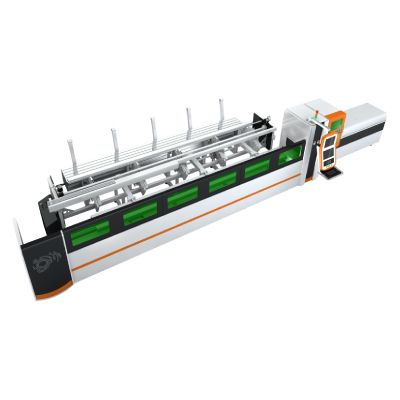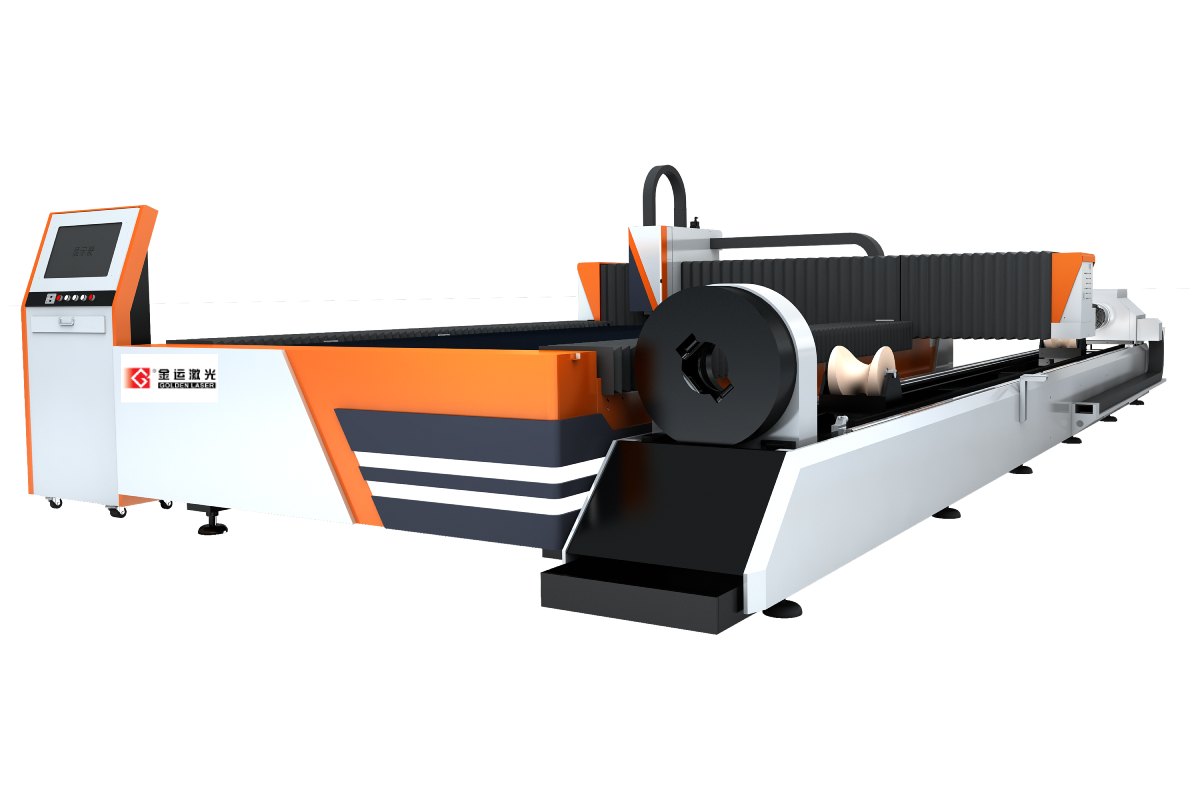****
In today’s advanced manufacturing landscape, precision, efficiency, and flexibility are paramount. Among the latest innovations revolutionizing the industry is the 3000 Watt cover fiber laser metal cutting technology. This cutting-edge method is not only transforming how industries approach metal fabrication but also setting new benchmarks for quality and speed. In this article, we will delve into the benefits, applications, and future prospects of utilizing 3000 Watt fiber laser cutting systems in various sectors.

Exploring the Advantages and Applications of 3000 Watt Cover Fiber Laser Metal Cutting Technology in Modern Manufacturing
Understanding Fiber Laser Technology
To appreciate the significance of 3000 Watt fiber laser metal cutting, it is essential to understand the underlying technology. Fiber lasers use a solid-state laser source, providing several advantages over traditional CO2 lasers. The high-powered output from fiber lasers results in finer, cleaner cuts with minimal heat impact on the metal. This translates to improved structural integrity and reduced distortion in the finished product.
Advantages of 3000 Watt Fiber Laser Metal Cutting
1. **High Cutting Speed**: One of the most notable advantages of 3000 Watt fiber lasers is their incredible cutting speed. With the capability to cut through various metal thicknesses, from thin sheets to thicker plates, businesses can significantly improve productivity without compromising on quality.
2. **Precision and Accuracy**: The focused beam of the fiber laser allows for precise cuts with excellent edge quality. This precision is especially essential in industries where dimensional accuracy is critical, such as aerospace and automotive manufacturing.

Exploring the Advantages and Applications of 3000 Watt Cover Fiber Laser Metal Cutting Technology in Modern Manufacturing
3. **Versatility**: The 3000 Watt fiber laser is suitable for cutting a wide range of materials, including steel, stainless steel, aluminum, copper, and brass. This versatility makes it an indispensable tool for manufacturers who work with diverse materials.
4. **Cost-Effectiveness**: Although the initial investment in fiber laser technology can be significant, the long-term cost savings are substantial. The efficiency of fiber laser cutting reduces the need for secondary operations, minimizes material waste, and lowers energy consumption.
5. **Reduced Maintenance**: Fiber lasers require less maintenance compared to traditional laser cutting systems. With no mirror alignment needed and fewer moving parts, they are less prone to failures, meaning reduced downtime and maintenance costs.
6. **Eco-Friendly Operations**: Laser cutting produces less waste than traditional machining methods. The precision of fiber lasers results in better material utilization, contributing to greener manufacturing processes.
Applications of 3000 Watt Fiber Laser Cutting

Exploring the Advantages and Applications of 3000 Watt Cover Fiber Laser Metal Cutting Technology in Modern Manufacturing
Given the multitude of advantages fiber laser cutting offers, its applications span across various industries:
– **Automotive Industry**: The automotive sector benefits from the speed and precision of fiber laser cutting for components such as chassis, structural parts, and even intricate designs for decorative elements.
– **Aerospace**: In aerospace manufacturing, where lightweight and durable materials are crucial, the accuracy of fiber laser cutting allows for the complex geometries required for various components.
– **Construction and Architecture**: Architectural metalwork that requires intricate designs and custom fabrication can leverage fiber laser technology for both functional and aesthetic purposes.
– **Electronics**: Precision cutting is vital in electronics manufacturing, where components must fit perfectly within tight spaces. Fiber lasers cut PCB and metal housings with extreme accuracy, facilitating higher assembly quality.
– **Art and Sculpture**: Beyond industrial applications, 3000 Watt fiber laser cutting has made its way into art and sculpture, allowing artists to create intricate designs in metal that were previously unattainable through traditional methods.
Future Prospects
As industries continue to seek efficient and innovative manufacturing solutions, the demand for fiber laser cutting technology is set to grow. Ongoing advancements, such as improved software for design automation and the integration of AI in production processes, will further enhance the capabilities of fiber laser systems. Additionally, as more companies realize the benefits of reduced energy consumption and waste, sustainability will likely play a crucial role in the adoption of this technology.
Conclusion
In conclusion, the 3000 Watt cover fiber laser metal cutting technology stands at the forefront of modern manufacturing. Its impressive speed, precision, and versatility make it a vital tool for various industries. As manufacturers continue to prioritize efficiency and sustainability, the adoption of fiber laser cutting will undoubtedly expand, paving the way for innovations that shape the future of metal fabrication. Embracing this technology is not just about keeping up with industry trends; it’s about leading the charge toward a more efficient and eco-friendly manufacturing landscape. Laser Metal Cutter




